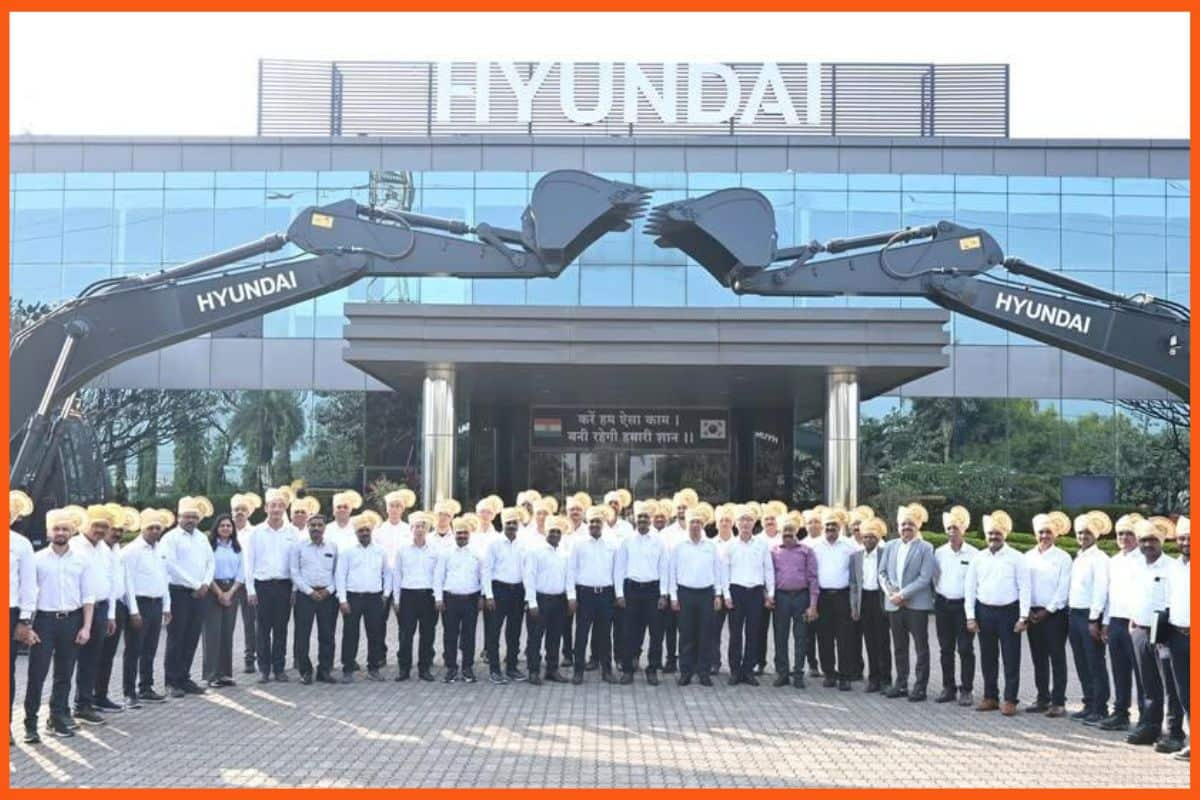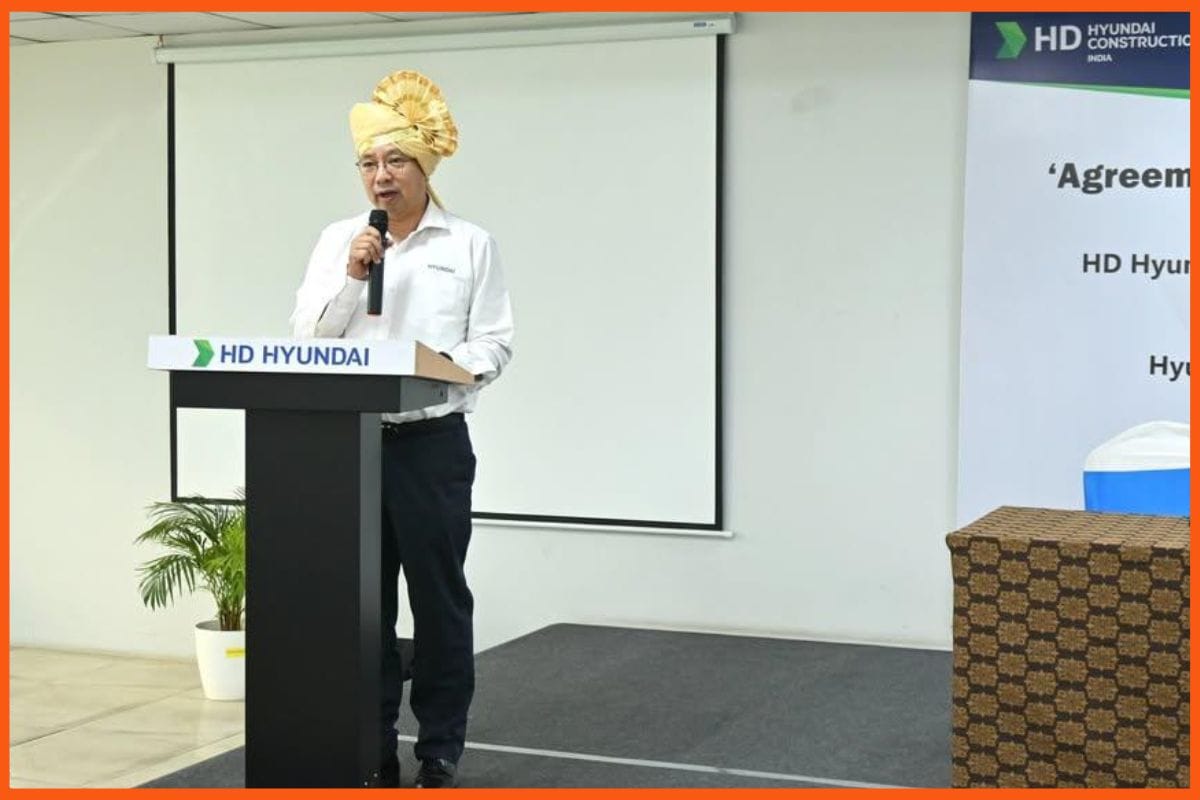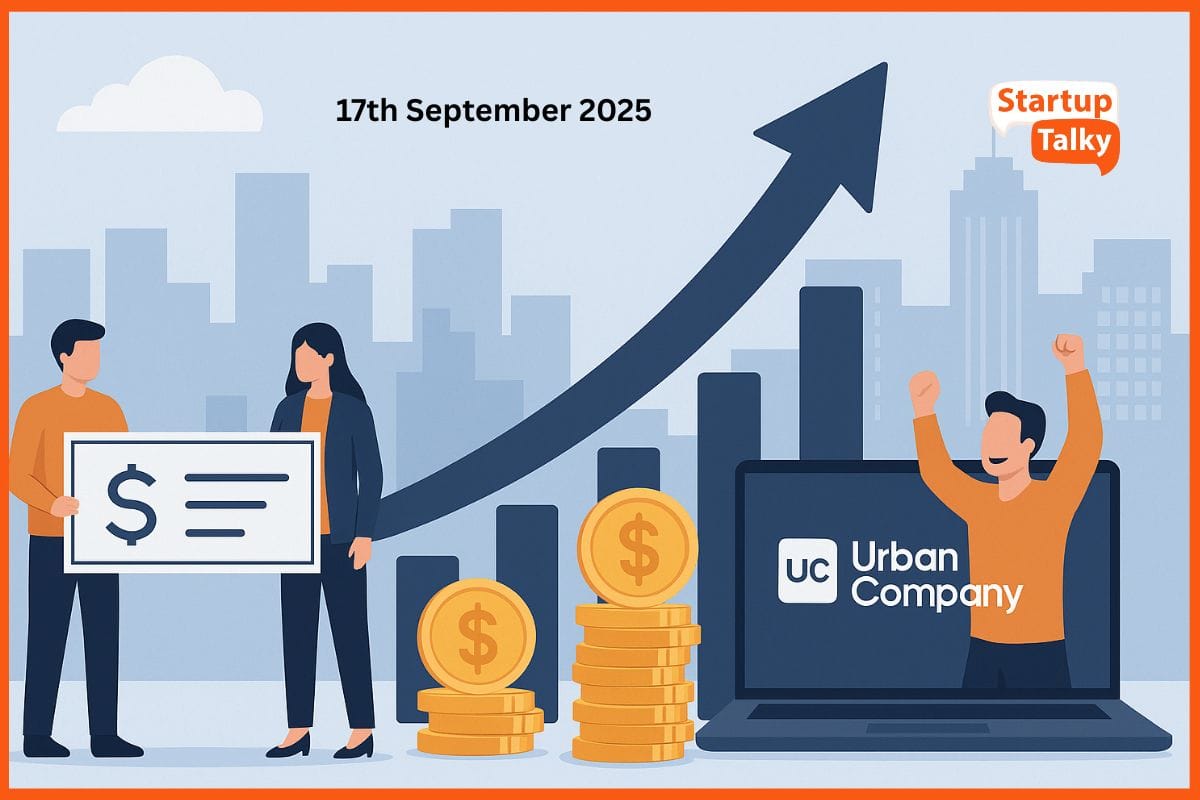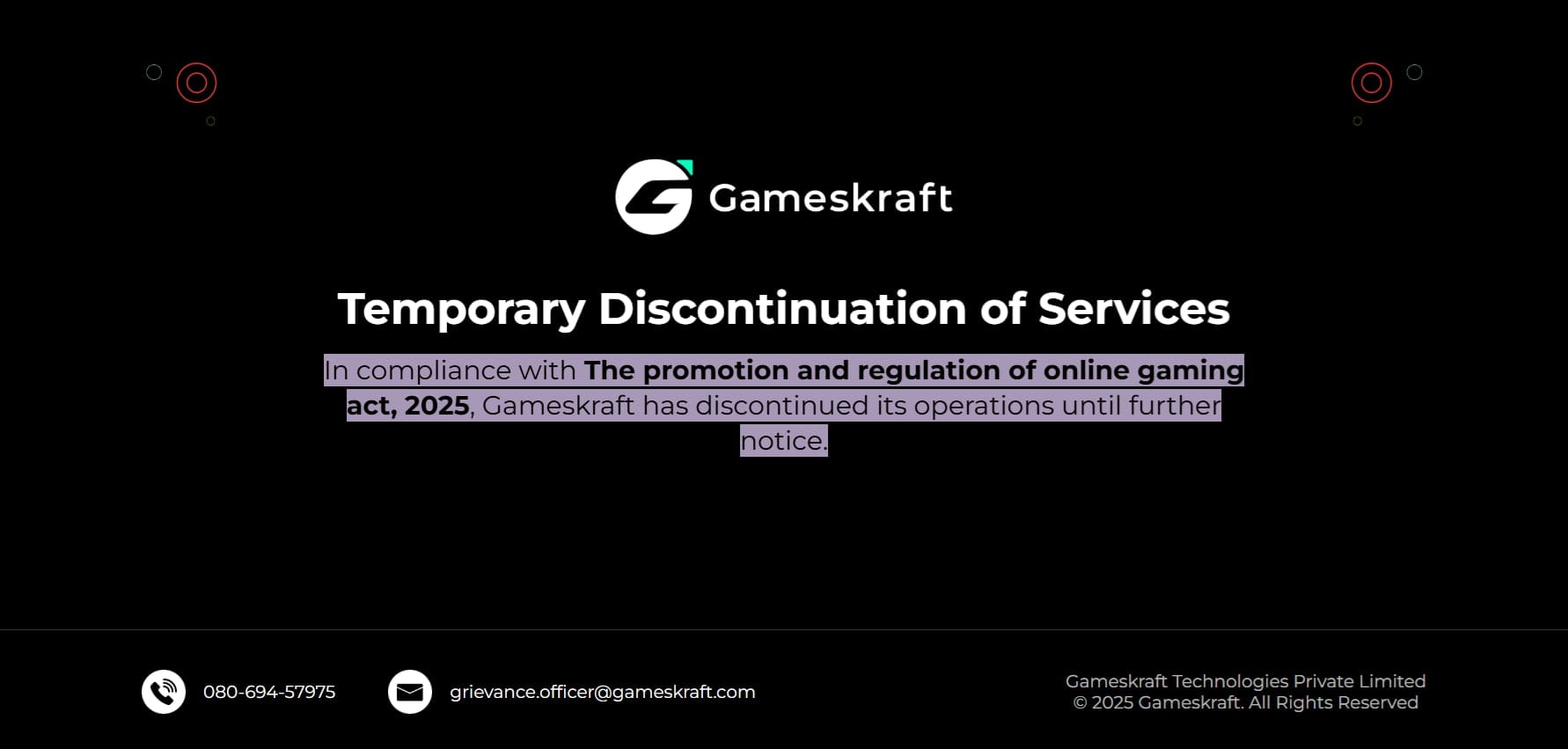Over the course of nine nights, Hindus celebrate Navratri, a festival honoring Goddess Durga, which represents the victory of virtue over evil. During this period, people all over India observe fasts and celebrate with great fervor. Many individuals fast on Navratri and eat vegetarian specialties that don’t include onions, garlic, or specific grains. Traditional fasting foods such as Aloo Ki Tikki, Paneer Makhani, and Sama kheer are part of the delicious Navratri Thali. By sharing these items, people can enjoy the traditional Navratri food with one another and get into the holiday mood. This year, the festival began on 10th April and will be observed till 17th April 2024.
‘No Garlic, No Onion’ – McAloo Tikki Meal
FSSAI Putting a Magnifying Glass
Delightful Navratri Feast Menu Revealed by Haldiram’s
‘No Garlic, No Onion’ – McAloo Tikki Meal
It is clear that the festive season has taken over businesses and brands in every industry and in every way. McDonald’s India – North and East announced the introduction of a ‘no onion, no garlic’ McAloo Tikki Meal for a short time during the Navratri period. This announcement was made in the quick-service restaurant (QSR) segment. The announcement was made in response to a widespread demand from McDonald’s customers who are looking for different culinary options throughout the Navratri week, according to the statement. The McAloo Tikki Value Meal with ‘no onion, no garlic’ was made available at selected restaurants. This meal consisted of a McAloo Tikki burger, regular fries, and a regular beverage.
McDonald’s has been actively participating in local religious and cultural activities all over the world, and it has been adjusting its offers to accommodate the preferences and sensitivities of the local community. On the new track, Tarakote Marg and Ardhkuwari, McDonald’s India-North, and East opened restaurants that offered a menu that was entirely vegetarian. These restaurants were located in close proximity to the holy temple of Vaishno Devi. Not a single onion or garlic was used in the preparation of the food.
FSSAI Putting a Magnifying Glass
During the current Navratri festival season, senior officials of the Food Safety and Standards Authority of India (FSSAI) have been instructed to strictly monitor the production and distribution of certain foods, including “kuttu atta, singhada atta, bhagar/samak ke chawal (barnyard millet)” within their respective regions.
To guarantee the items are safe to eat and meet all food product requirements, they have been requested to increase the frequency of their inspections and sampling drives.
During the festival season, many people choose to fast, which means that there is a higher demand for certain foods. These include samvat rice, buckwheat flour (kuttu atta), chestnut flour (singhara atta), fruits, vegetables, dry fruits and nuts (makhana), milk and dairy products, and ready-to-eat savory snacks like potato chips and sabudana namkeen mix.
Some dishonest food business operators (FBOs), motivated by greed, take advantage of the increase in demand by selling expired or low-quality goods, claims the regulator.
Additional cases have emerged where the aforementioned food items become contaminated as a result of improper storage and handling. According to a letter sent by FSSAI to their various state and UT units, this activity is both immoral and harmful to consumers’ health, as it desecrates the celebration.
Based on their analysis of historical data, the food safety regulator has concluded that kuttu atta is a common culprit in food poisoning during festivals like Navratri. This is likely due to the sale of outdated stock, which is stale and infested with fungus, which can introduce mycotoxins and other dangerous secondary metabolites into the food.
Delightful Navratri Feast Menu Revealed by Haldiram’s

Last year, during Navratri, Haldiram’s launched a unique feast menu to satisfy all of their customers’ cravings for fasting food. The firm was quite happy to unveil this campaign, which showcases mouthwatering foods that capture the essence of the event. Haldiram’s stands out for its innovative approach to preparing Navratri dishes with the highest level of cleanliness.
The Haldiram menu for fasting comprises a diverse array of dishes that are made available to satisfy a variety of tastes, from traditional favorites like Kurkuri Sabudana Tikki to more modern takes like the Tandoori Platter, Sabudana Papdi Chaat, and Purani Dilli Ki Tawa Aloo Chaat.
The brand has also introduced a similar concept this year, with a few minor adjustments. The brand is hoping to repeat its success from last year and is riding high on its momentum.
Once again, the outlook and sentiment among food industry operators are exceptionally bright this year. Due to the increased number of fasting individuals, FBOs anticipate a significant increase in their profit-sharing ratio during the current Navratri festival.











